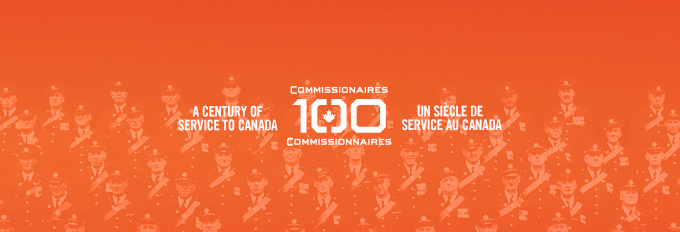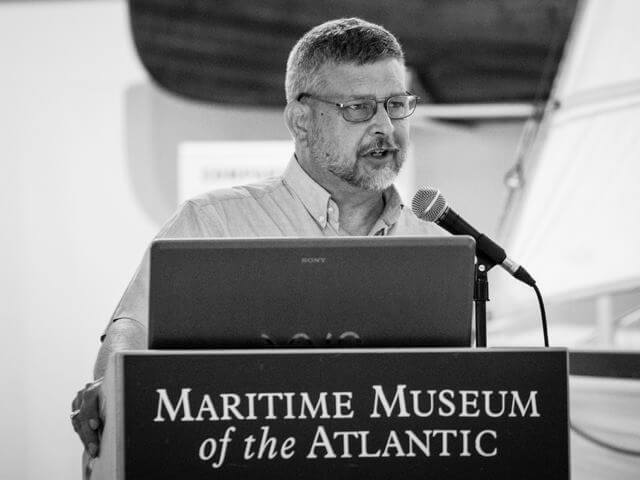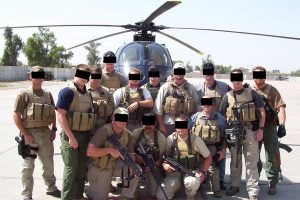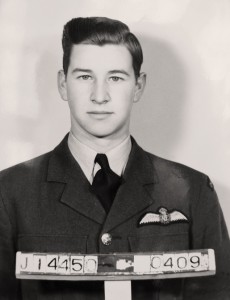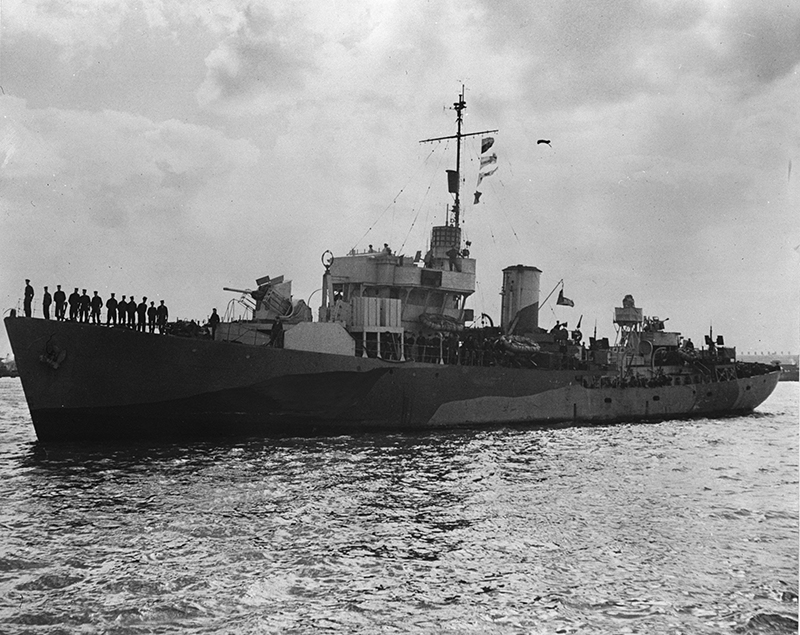
HMCS Trentonian was sunk by U-1004 on Feb. 22, 1945, near Falmouth, England. Divers have since removed many artifacts from the vessel. [CFB Esquimalt Naval and Military Museum]
More than 80 years after HMCS Trentonian sank in U.K. waters resulting in six deaths, a British diver has recovered—or removed—its bell from the wreck site.
Not everyone, suffice it to say, is happy about it.
The Canadian Flower-class corvette, launched in 1943, had an arguably short yet nevertheless storied wartime career, contributing to the 1944 Normandy invasion and additional Allied convoy escort duties before it was torpedoed and sank on Feb. 22, 1945.
Five went down with the ship, a sixth later succumbed to his wounds.
Now, 53-year-old diver and veteran Dom Robinson has brought the vessel’s bell back to dry land, a move that has sparked considerable controversy despite offering it for donation to the Royal Canadian Navy. The British YouTuber has since argued that retrieving the artifact protects it from disintegration. Further, Robinson noted, “nobody else will see it down there,” adding that it belongs in a “museum setting,” which is where it now is, at the Naval Museum of Halifax.
Canadian naval historian Roger Litwiller, meanwhile, contends that the repatriation is the “best outcome for an inappropriate situation.” Although “pleased” it has gone to a fitting home—a transatlantic journey the former Canadian Armed Forces reserve seaman played a role in facilitating—he believes the bell, or what he calls “the heart and soul of the ship,” should never have been salvaged in the first place.
Speaking to Legion Magazine, Litwiller, author of White Ensign Flying: The story of HMCS Trentonian, makes his case for keeping ship wrecks below sea level.
On the ship’s condition
Unfortunately, Trentonian has been virtually stripped of anything of importance. This recent incident is simply that: the most recent incident. I’ve received dive footage from 2018 that shows divers attaching recovery bags to one of the portside navigation lights and floating it up to the surface. I’ve seen the bridge compass bracket with no compass in it. I’ve not seen a single onboard gun in any of these videos, which is quite surprising when you realize that Trentonian carried a significant armament. It appears she’s been stripped of all the shiny bits. Up until now, two bronze portholes are the only pieces that have been turned over to the Canadian government. It appears as if other artifacts were taken as trophies.
On the salvaging of the bell
Trentonian is a war grave. To me, it’s no different than a groundskeeper for one of the Normandy battlefield cemeteries showing up to work one day only to find that a whole bunch of holes have been dug inside. It would be an international outrage.
A bell is the holy grail of a shipwreck for several reasons. For one, it identifies that wreck. Most vessels have their names engraved on their respective bells beside the year they were commissioned. But for most sailors, it represents far more than that. Many a seaman has spent countless hours polishing that bell to a high gleam. Bells were also used for telling the time aboard the ship, especially in the days of sail. In times of real danger—for instance, in fog—ringing the bell could signify the alarm. And let’s also not forget that the bell could become baptismal in the christening of a sailor’s child after removing it from its mount before turning it upside-down and filling it with holy water. Once done, that child’s name was engraved into the bell. The bell thus became part of the family as well.
[Robinson’s] argument [for salvaging the bell] is that other bells from other famous vessels have previously been recovered. The difference with ships like HMS Hood, HMS Repulse and Bismark is that the recovery of their bells was sanctioned by the respective governments that own those ships. That wasn’t the case with Trentonian. This shouldn’t have happened. Period. Not unless the Canadian government said it wanted the bell back. Worse, what happened here has also happened on other ships.
The flipside of reality is that since we know divers are already doing this, we must make every effort to get these items of all of these wrecks back in Canadian hands.
On the artifact’s repatriation
Robinson believes he saved Trentonian’s bell from less scrupulous divers because he contacted the RCN [to return it to Canadian authorities]. The RCN commander then notified the Canadian naval attaché in London about making contact with the diver for a handover as quickly as possible. Contact was made within two or three days, with the bell being carefully stored at the Canadian consulate within a week. During a small ceremony, the artifact was transferred to HMCS Montreal. Before returning home, however, the Canadian frigate diverted to where Trentonian sank to conduct a second service above the shipwreck in honour of those killed and all those who survived. A third ceremony was held once Montreal arrived in Halifax. Symbolically, Trentonian’s watch is now over.
On his views concerning the future protection of wrecks
U.S. navy ships, Royal Navy ships, and French navy vessels are protected by their government legislation. Unfortunately, Canada has yet to pass legislation to protect our Royal Canadian Navy wrecks or our war dead. And that’s not just with our war dead in U.K. waters—shipwrecks in our home waters, from HMCS Charlottetown and HMCS Raccoon in the St. Lawrence to HMCS Esquimalt right off the Halifax coastline, are not protected. Any diver could visit these wrecks and take souvenirs. This recent incident has already become the instigator of a serious conversation.
In the case of ships overseas, there’s a letter of understanding between Canada and the U.K. requesting the same protection it offers its own wrecks for our war graves in British waters. Unfortunately, it has sat since 2018 with no action—at least until now, with hopes that it could be signed and ratified by the U.K. parliament in 2025. Meanwhile, Canadian shipwrecks in French waters have been protected for several years; they’ve been safe for some time. That just leaves all other Canadian wrecks.
I just hope what’s happened with HMCS Trentonian is the catalyst that finally gets legislation protecting all of those war graves in our own waters passed and ratified.
This abridged interview has been edited for brevity and clarity.
Advertisement



